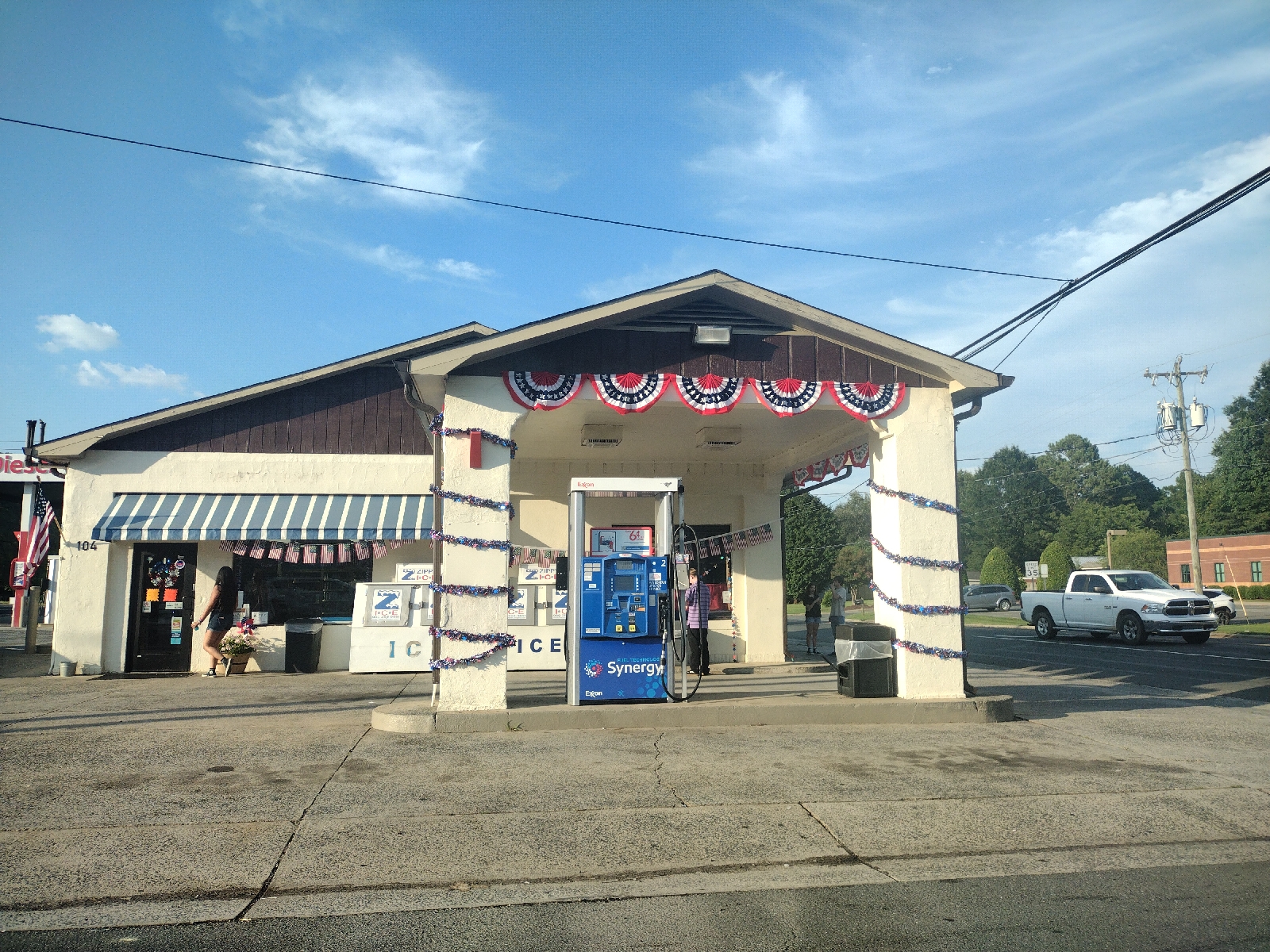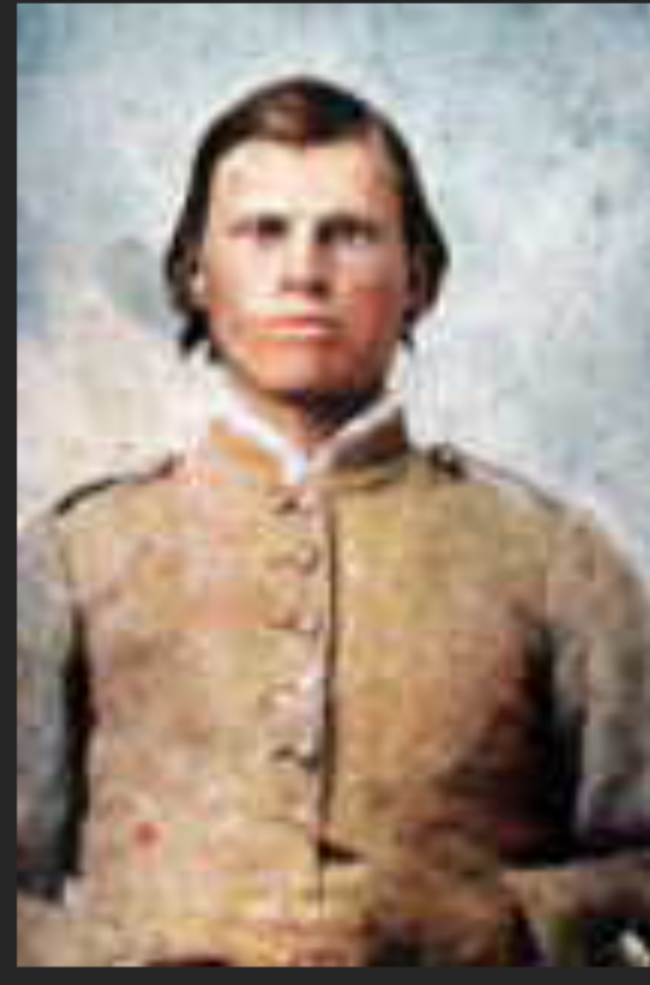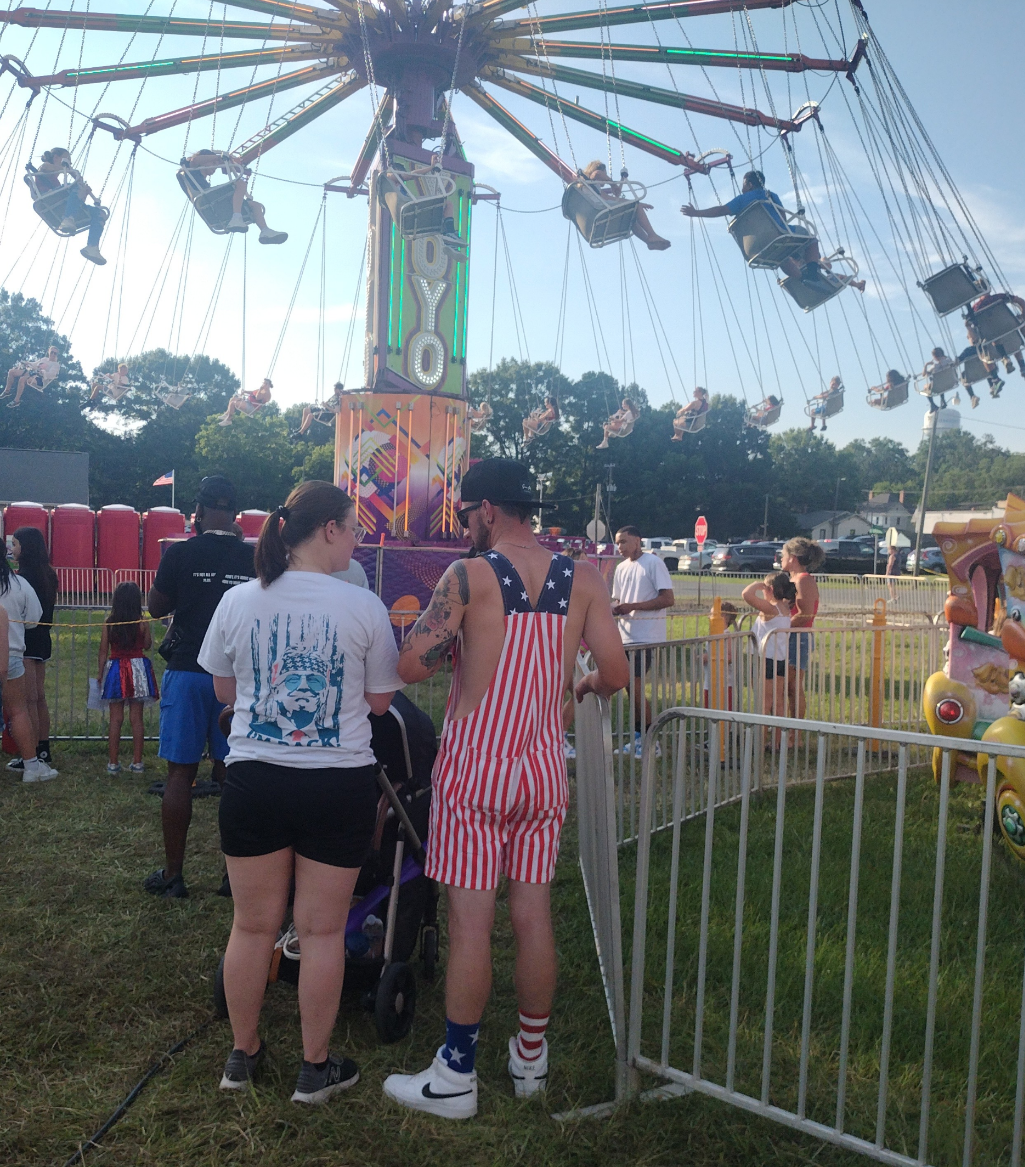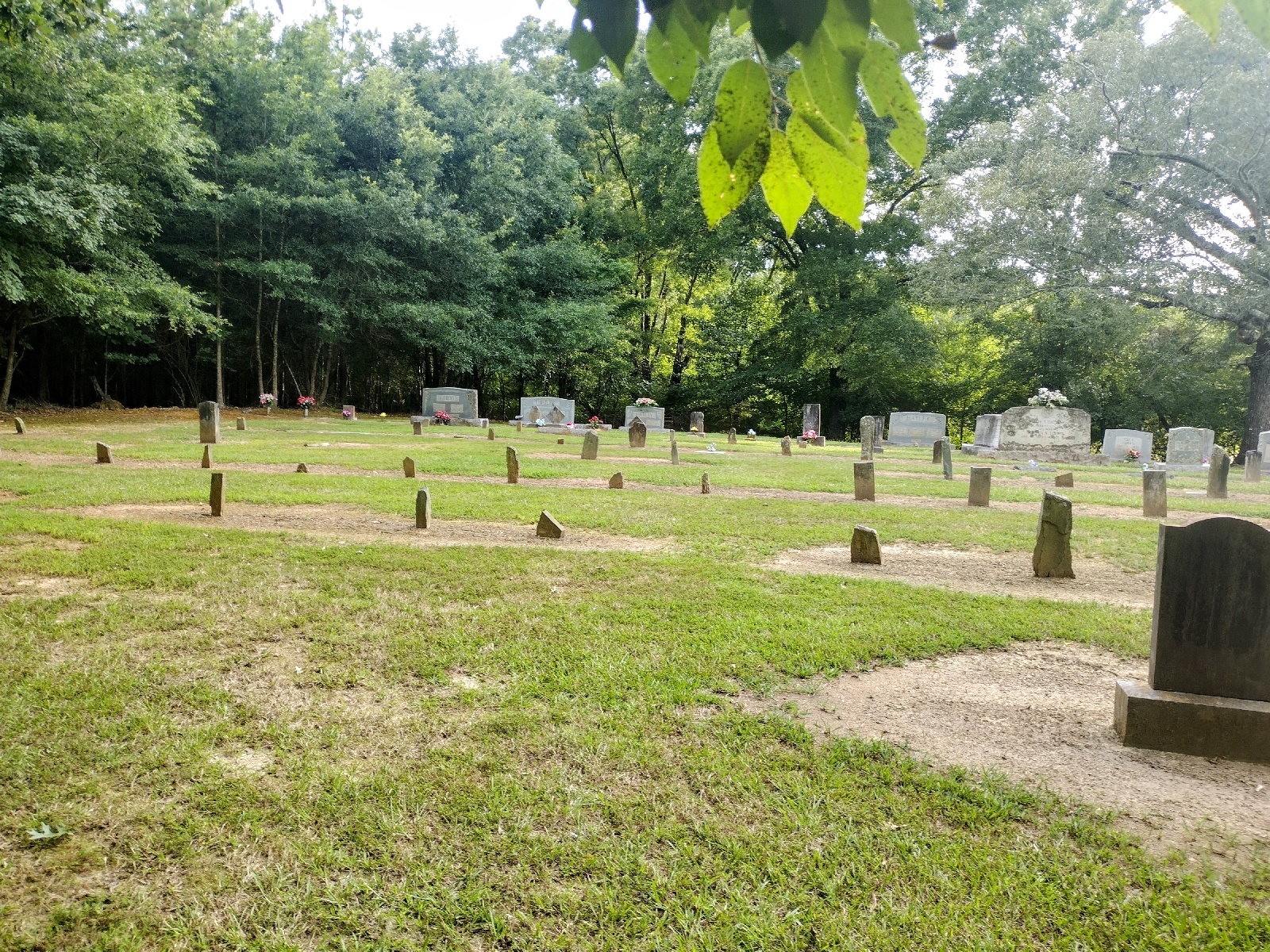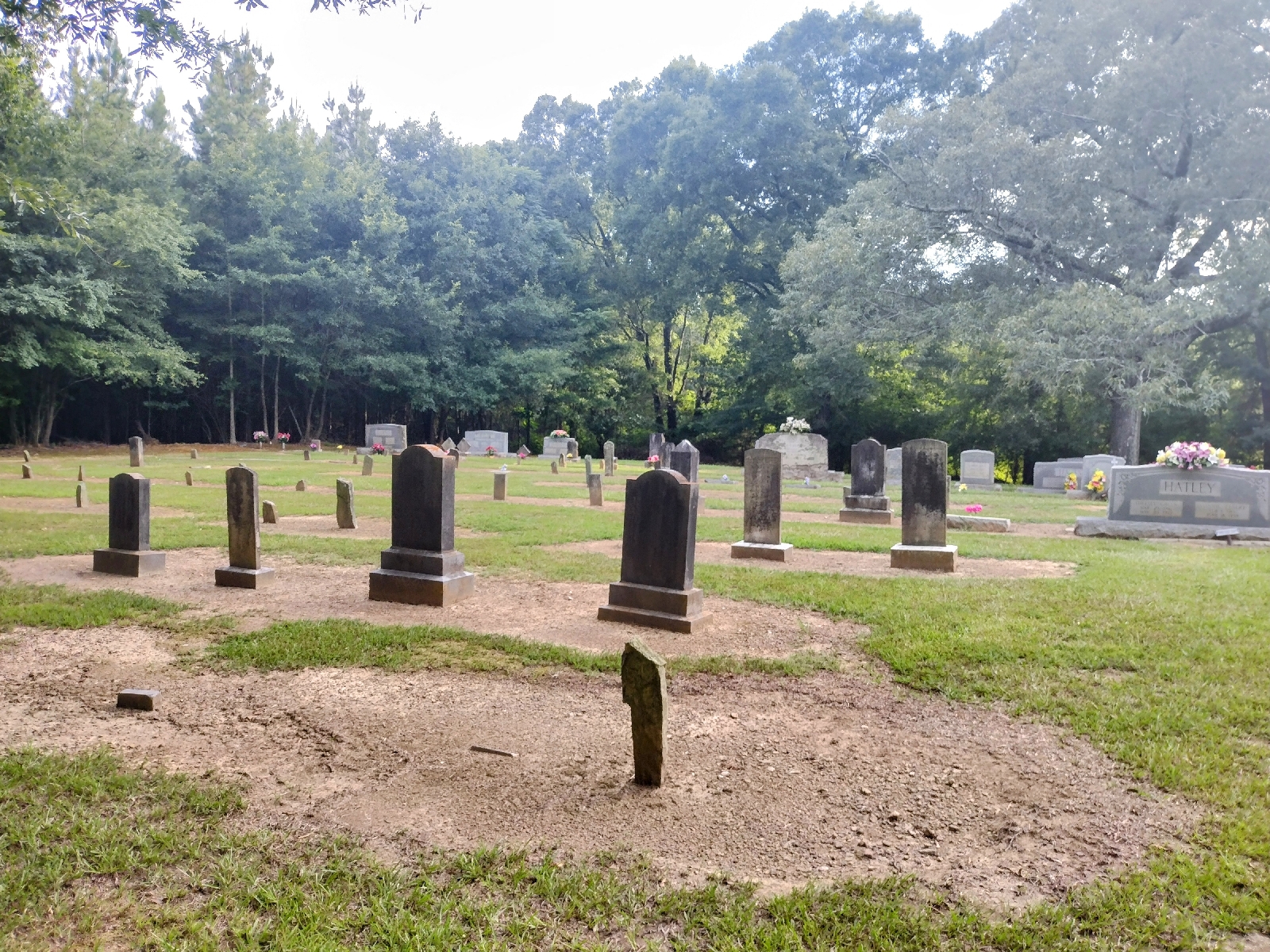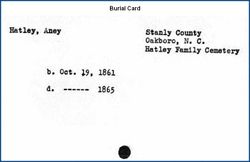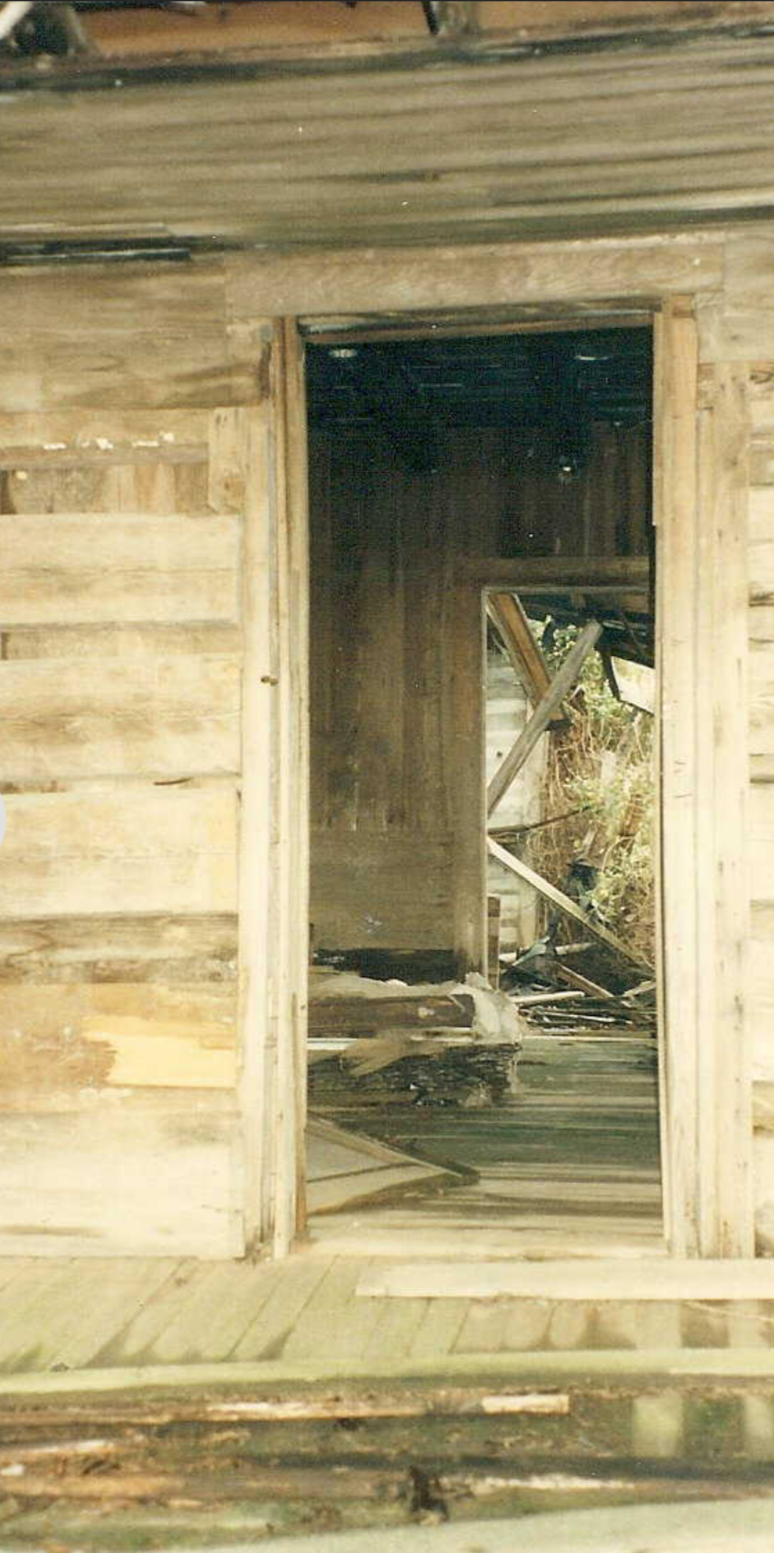Bashie Whitley, grandchildren of Nancy Hatley Whitley
When Hardy Whitley lost his life on April 25th, 1864, during the Civil War, he left behind a widow and two children. These were the grandchildren of Nancy Whitley whom I have yet to cover. I have recently posted on Nancy in my post, Nancy of Stillwater Creek. Hardin, or Hardy for short, had enlisted in Company H 42nd Infantry of the Confederate Army, on May 10, 1862, where he obtained the rank of Seargeant. He fought valiantly until he entered sick at the hospital in Wilmington, NC and did not make it out, passing away at 28 years of age. This is the story of who he left behind.
Above is shown the first record that I have found of Hardy Whitley. His mother, Nancy, is a 60 year old widow, sister Mary is 21, Hardy is 15, William Pinkney is 13 and Zachary Taylor is 12. All three of the boysin this household will fight in the Civil War. Only William Pinkney will survive, and move to Iredell County with his sister, Mary. Even Taylor will enlist during the last fleeting days of it, only to lose his life at 16.
Yes, it says "Hatley", but they were Whitleys. It was not a transcription error. It actually says "Hatley". My theory is that Nancy gave her maiden name, misunderstanding the census takers question, and he ran with it, naming the whole family as Hatley's. I also believe Nancy was the widow of Isham Whitley. It only makes sense. They lived next to Alfred and Tempy Ledbetter. Their property also connected to Hezekiah Whitley, the brother of Isham Whitley.
One person who actually was a Hatley was Hardy Whitley's future wife, Basheba "Bashie" Hatley. Above, she was in the home of her father, Wyley or Wiley Hatley. Her mother, Martha "Maza" Harwood Hatley, had already passed away. With Bashie, here at 18, was older sister Telitha Tildy Hatley and younger brother, Hardy. Her grandfather was a Hardy, her brother was a Hardy and her husband was a Hardy. Lots of Hardys, and believe it or not, lots of Basheba's. The name Bathsheba, Basheba, or Barsheba, biblical, but rare, is also found several times in this family. Her uncle, Hasten Hatley Sr. married a Basheba Harwood and even Hezekiah Whitley would name a daughter Basheba. Hezekiah also named a son Hardy. There were lots of connections between these families not uncovered yet.
By 1860 Hardy and Basheba were married and listed under the correct name. They have a three year old son named James. The next year they will have a daughter named Eva. Below them are listed Hardy's mother, Nancy and his siblings in the next household. The war would change anything.
Basheba Hatley Whitley does not appear in the 1870 census, that I can find. They missed a great number of people that year, from what I've seen. This is not the only family from the Big Lick area that I've not been able to locate in 1870. What I did find of her existence in that decade is her name in a taxable list of the Whitley's in her District, Number 8, for 1967. Also listed was Allison Whitley and his son, Noah, or N. A. Whitley, Green Deberry, or G. D., Columbus Whitley, M. E. Whitley, Elizabeth and Bathsheba.
What we do know is that Bathsheba was deceased by February 3, 1873. John Brooks appeared before Judge of Probate, J. M. Redwine and swore that Bashie had died intestate and that he was the proper person to receive the letters of Administration for her estate of about $150 and that she had left two heirs, James Whitley and Evy Ann Whitley. At this time, James would have been about 15 and Evy Ann, 12.
In the 1880 census, Evie Ann Whitley is found in Big Lick Township, at 18, in the home of John Brooks. For relationship, it says Orphan and for occupation, house keeper. Where was her brother? He would be an adult by then.
On the 10th of February, 1877, John Brooks paid $1.00 for letters as the guardian of James and Evy Ann Whitley, minors, so they both lived there at the time.
On January 3, 1878, Dr. R. A. Anderson billed the James Whitley estate for $9.75 for medical assistance during James's sickness. So sometime, probably in late 1877. young James Whitley died of an unknown illness, not long after his mother. He would have been about 20 years old. It is unknown where James and Basheba Whitley are buried. As Bashie was a Hatley, the Hatley Grove Primitive Baptist Church Cemetery would make sense, or even perhaps the Riley Austin Cemetery. Both have graves either unmarked or with disentegrated, illegible stones.
On February 28, 1878, Hardy Hatley made a claim on the estate of James Whitley for $30.00 keeping him and $8.00 for clothing purchased for him. This would have been Hardy, the brother of Basheba, two years younger than she. It appears Hardy had custody of James at some point.
On April 8, 1898, twenty years later, Evey Austin received from John W. Austin $130.00, 'payment due me by him as my Guardian from the estate of Hardy Whitley or Basha Whitley" She released him as her guardian and Riley H. Austin as surety on the guardian bond. Eva Ann was 37. Why did she need a guardian at this point? As one may have guessed, Evey had married JohnW. Austin.
John Brooks served as the executor for both Basheba and her son, James Whitley The reciepts shown above.
I've mentioned the Riley H. Austin family in a few of my last posts. His was also an associated family and neighbor to the Whitley family I have been researching. His son, John, shown as 14 above, would marry the one surving Whitley in the Hardy Whitley family, Eva Ann.
J. T. Turner applied for the license for the marriage of J. W. Austin, 21, son of R. H. and Elizabeth Austin, both living, and Evey Ann Whitley, 19, daughter of Hardy and Basheby Whitley, both deceased, on December 20th, 1880, just months after she is shown as living with the John Brooks family. The wedding took place in Tyson at the Turner residence. Minty Turner was one of the witnesses.
Over the course of the next twenty years, John W. Austin and Eva Ann Whitley Austin would bring nine children into the world. They lost a son, James Benton Austin, at the age of one year, 4 months and 9 days old in 1896. He was buried in the Riley H. Austin cemetery, his grandfather's property.
| Name | Evie Austin |
|---|---|
| Age | 41 |
| Birth Date | Mar 1859 |
| Birthplace | North Carolina, USA |
| Home in 1900 | Big Lick, Stanly, North Carolina |
| House Number | 8 |
| Sheet Number | 14 |
| Number of Dwelling in Order of Visitation | 261 |
| Family Number | 263 |
| Race | White |
| Gender | Female |
| Relation to Head of House | Wife |
| Marital Status | Married |
| Spouse's Name | Jno Austin |
| Marriage Year | 1882 |
| Years Married | 18 |
| Father's Birthplace | North Carolina, USA |
| Mother's Birthplace | North Carolina, USA |
| Mother: number of living children | 8 |
| Mother: How many children | 9 |
| Can Read | N |
| Can Write | N |
| Can Speak English | Y |
| Neighbors | View others on page |
| Name | Age |
|---|---|
| Jno Austin | 40 |
| Evie Austin | 41 |
| Lula Austin | 17 |
| Rufus Austin | 16 |
| Thomas Austin | 14 |
| Mollie Austin | 12 |
| Henry Austin | 10 |
| Jonah Austin | 4 |
| Mary Austin | 2/12 |
| Lucy Austin | 2/12 |
John and Evie appeared in the 1900 census, in Big Lick Township, with their eight remaining children. Evie, at 38, had just given birth to twin girls, Mary and Lucy, two months prior. This is the second census she appeared in, and her last. The age of 41 here was incorrect. A few of her mother's brothers lived nearby.
Eva Ann Whitley Austin passed away on May 25, 1900 just after the census was taken. Her twins passed away near the same time, probably for lack of the mother, or either of the same illness. She was 38 years old.
The next decade after Evey's death, John W. Austin carried on in Big Lick. A few of his children married. He had a 7-year-old granddaughter in the home named Hattie. This was the child of oldest daughter Lula. Lula would marry a Honeycutt and her daughter would go by Hattie Mae Huneycutt the rest of her life. But children grow and dipserse.
A peak at the surviving children in 1920, twenty years past their mothers death revealed that:
- Lula had married Thomas Huneycutt and was living on McSwain Mill Road in New Salem, Union County, and now had five children.
- Thomas C. Austin married Ella Sloop and moved to Concord, Cabarrus County, living on Allsion Street and working in a Cotton Mill.
- Rufus Austin has married Arianna Isabella Hatley and was living on the Oakboro & Rocky River Road in Big Lick and farming.
- Mollie Jane Austin had married Jonah S. Green and was living on the Coble Brothers Mill Road in Big Lick and farming.
- William Henry Austin was living with his brother Rufus in Big Lick. He would die unmarried at a young 39. He had been in WWI and WWII.
- Jonah Columbus Austin was living in Charlotte working as a musician. He would marry twice, to Clementine Jowers and then to Katie Lee Goodwin. He spent his whole life as a musician, dying in 1969 in Columbia, South Carolina.
J.W. Austin is found living in Concord, Cabarrus County North Carolina in 1930, living with his oldest daughter, Lula. All but the three youngest children and himself, were all working in the Cotton Mills up there. This was his last census.
 |
The Charlotte ObserverCharlotte, North Carolina Friday, February 06, 1931 |
A bitter rain will kill a forest tree by tree. The Whitley family had suffered many early deaths, but one last hearty root, Eva Ann, had taken root long enough to be fruitful and have a large family of 9 children. Six of the nine would see adulthood. Four of the Nine would have large families of their own. The genes of Hardy Whitley and Basheba Hatley have survived.





















